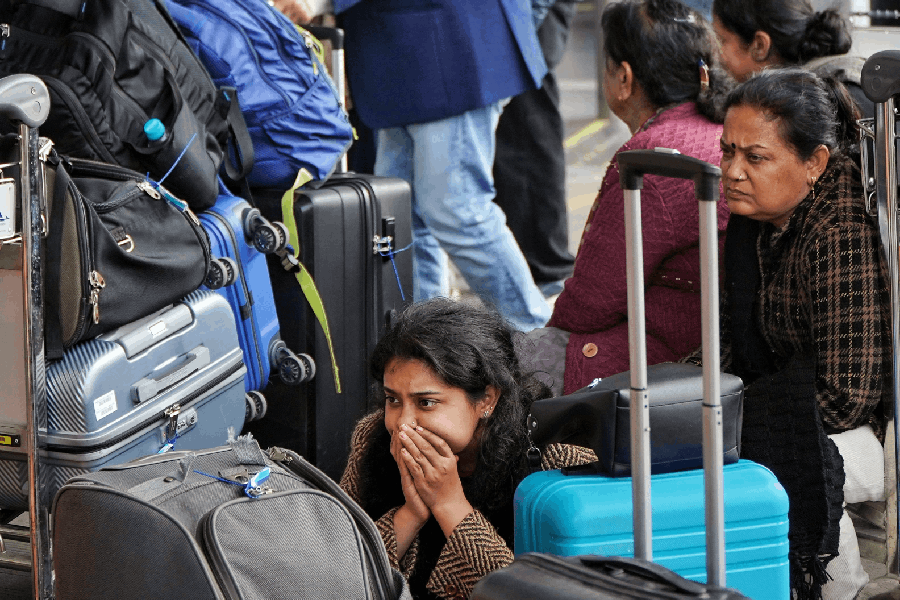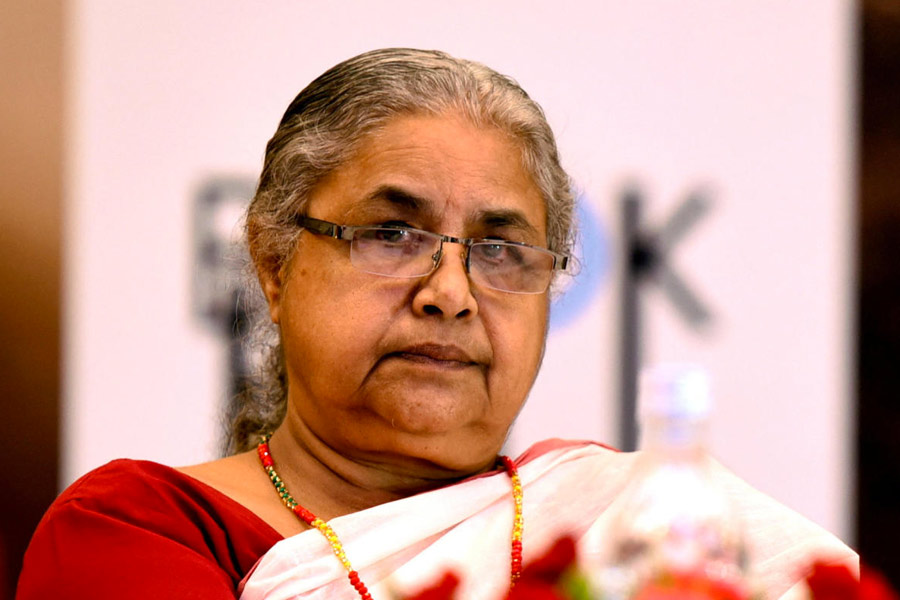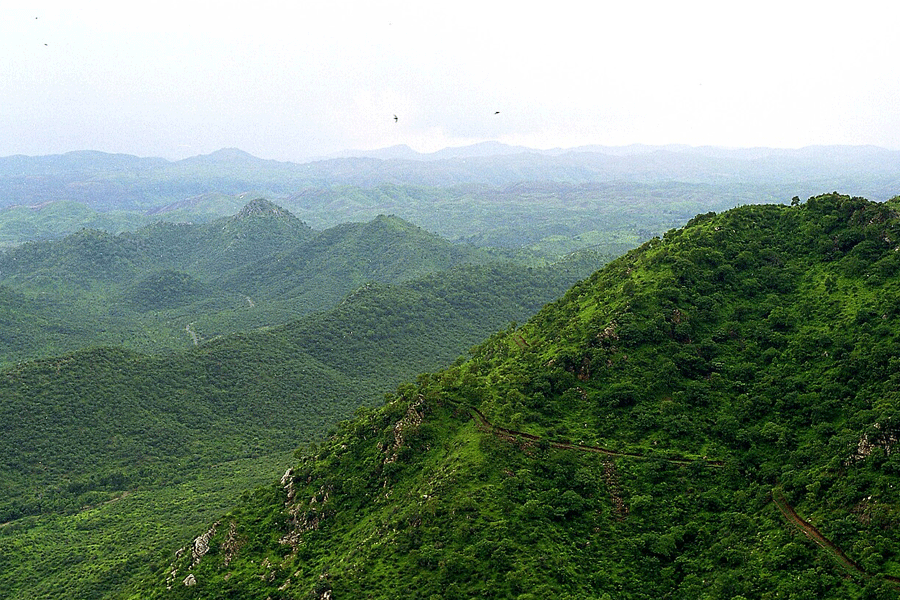School students of Ranchi and Dhanbad formed a human chain depicting the words “clean air” on the occasion of International Day of Clean Air for Blue Skies on Wednesday.
The event, organised by Calcutta-based SwitchON Foundation, had students from Firaylal Public School Ranchi and Plus Two Zilla School in Dhanbad forming the human chain at their respective schools to demand cleaner air and action resulting in the formulation of new policies, modification of the existing ones and implementation of laws to reduce air pollution.
“Poor air quality in urban areas like Ranchi and Dhanbad is a national concern. While we are all affected, children and older people are the most vulnerable. According to the World Health Organisation, around 7 million premature deaths are attributable to air pollution every year — a staggering 800 people every hour or 13 every minute,” said managing director of SwitchON Foundation Vinay Jaju.
“Even after being declared a punishable offence, open burning of garbage seems to be quite common in Ranchi. Urbanisation leading to a spurt in population and increase in the number of vehicles is often cited as the primary reason behind a drastic increase in pollution in Ranchi and Dhanbad,” Jaju said.The recent State of Global Air report (SOGA), 2022, published by the US-based Health Effects Institute, highlights fine particulate matter (PM2.5) and nitrogen dioxide (NO2) as two of the most harmful pollutants.
According to research by the University of Chicago, Jharkhand is India’s eighth most-polluted state, with an average PM2.5 concentration of 61.6 µg/m³. If Jharkhand were to reduce its average PM2.5 pollution to the level prescribed by the WHO guideline, it would end up adding 5.6 years to the life of its average resident.
If the state were to reduce its average PM2.5 pollution to the national standard, it would still add 2.1 years to the life of its average resident. According to the report, between 1998 and 2020, average PM2.5 concentrations in Jharkhand increased by 84.4 per cent.
“Jharkhand Clean Air Network (Jharkhand-CAN) members had urged authorities to address the pressing issue of air pollution in the state by committing to reduce the air pollution by 30 per cent by 2024. The Union environment ministry had earlier launched the National Clean Air Programme (NCAP) to prepare clean-air action plans with an objective to reduce PM2.5 pollution by 20–30 per cent by 2024 compared to 2017, in all non-attainment cities,” Jaju added.
“Exposure to various pollutants results in respiratory problems, notably, the prevalence of dyspnoea (difficulty in breathing) and chronic cough has been found to be an increasing trend”.
The foundation had last month started a yearlong clean-air programme in schools and colleges of Jharkhand and Bengal wherein students would be made aware of the importance of clean air and environment-related hazards and encouraged to take part in practical in environment-friendly activities.
Winning schools will be awarded solar rooftop power plants and rainwater harvesting kits. During the programme, the foundation will target students in major cities of Jharkhand, namely Ranchi, Jamshedpur, Dhanbad, Giridih, Hazaribagh and Deoghar, which have high air pollution.
“We will be providing study materials to students and they will be encouraged to undertake projects related to curbing air pollution. Based on the projects, our resource persons and panellists will provide scores to the students to decide the winner,” Jaju said.










